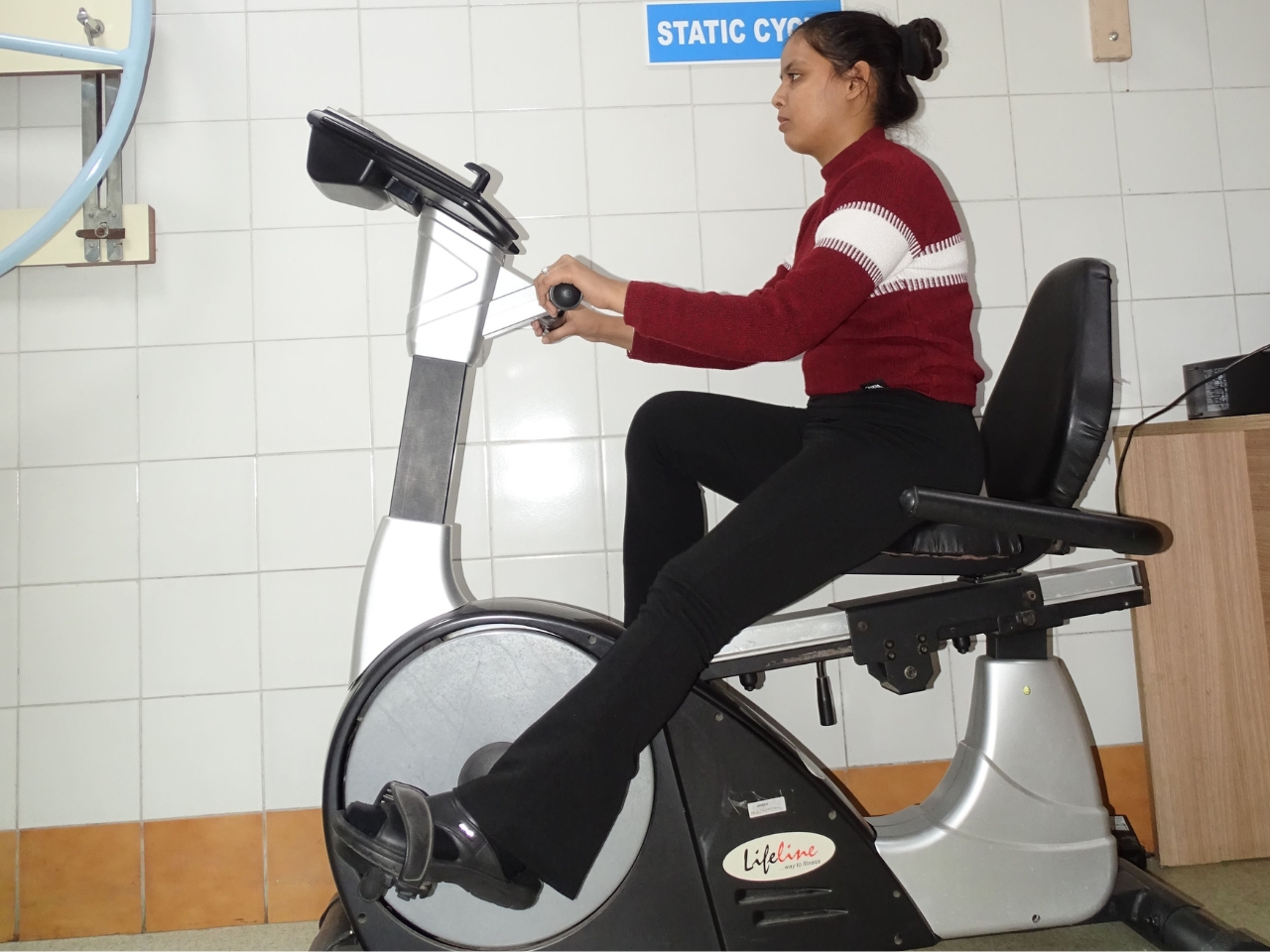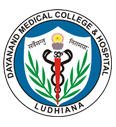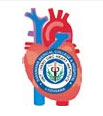Physiotherapy
Physiotherapy Definition
Physiotherapy can be defined as a treatment method that focuses on the science of movement and helps people to restore, maintain and maximize their physical strength, function, motion and overall well-being Physical therapists can help people at any stage of life, when movement and function are threatened by ageing, injury, diseases, disorders or environmental factors.
They work in the health spheres of promotion, prevention, treatment/intervention, habilitation and rehabilitation.
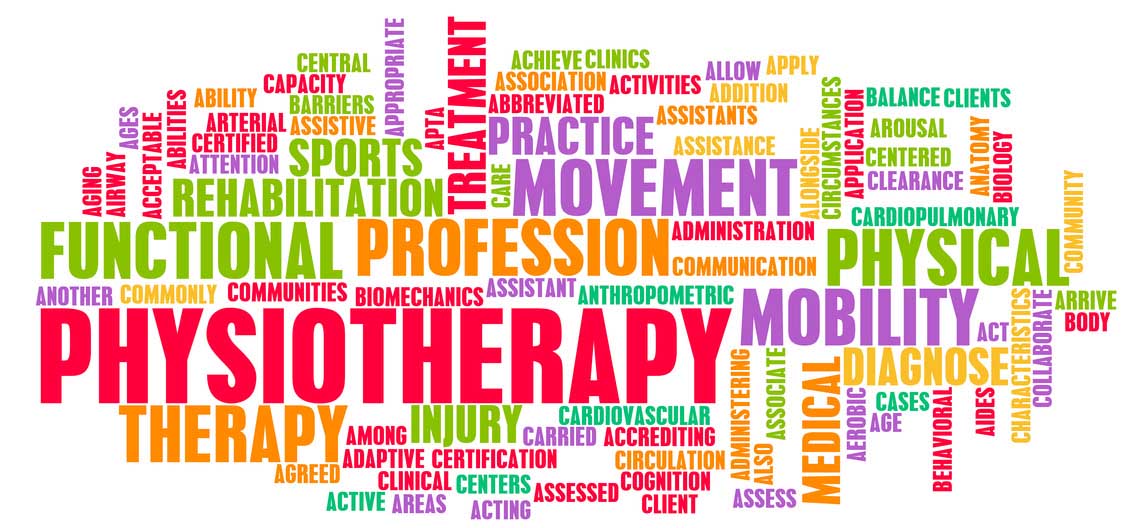
Physical therapists are qualified and professionally required to:
. Undertake a comprehensive examination/assessment of the patient/client or needs of a client group
. Evaluate the findings from the examination/assessment to make clinical judgments regarding patients/clients
. Formulate a diagnosis, prognosis and plan provide consultation within their expertise and determine when patients/clients need to be referred to another healthcare professional
. implement a physical therapist intervention/treatment programme determine the outcomes of any interventions/treatments
. Make recommendations for self-management.
Physiotherapists offer treatments relating to the following conditions:
Postural hypotension: It is described as lowering of blood pressure which often occurs when a person changes their body position typically from lying to standing position or sometimes even in sitting from lying.This can result in a decreased blood to the brain and causing giddiness and sometimes fall after few minutes of standing
Cardio respiratory: providing support, prevention and rehabilitation for people suffering from diseases and injuries that affect the heart and lungs, such as asthma.
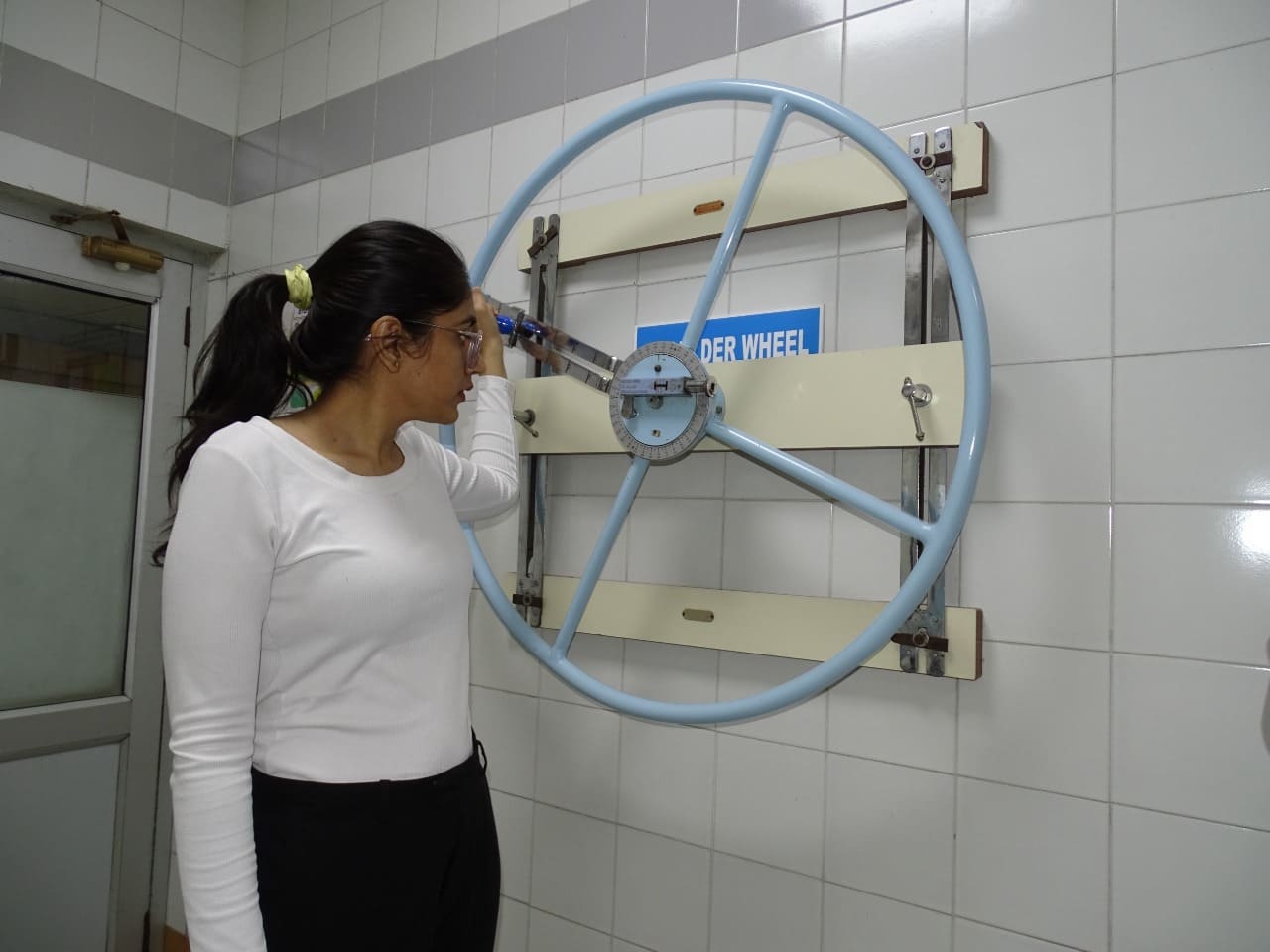
Cancer, palliative care and lymph edema: treating, managing or preventing fatigue, pain, muscle and joint stiffness and deconditioning.
Women’s health concerns: addressing health issues surrounding pregnancy, birth, post-partum care, breastfeeding, menopause, bedwetting, prolapsed, loss of bladder or bowel control, managing and preventing incontinence and pelvic floor dysfunction.

Musculoskeletal: preventing and treating clients with musculoskeletal conditions such as shoulder pain,knee pain, neck and back pain etc.And also helping patients to prevent or manage acute and chronic orthopedic problems such as arthritis, amputations and pre and post operative conditions.
Neurological: promoting movement and quality of life in patients who
have had severe brain or spinal cord damage
from trauma, or who suffer from neurological diseases such as stroke,
Parkinson’s disease and multiple sclerosis etc.
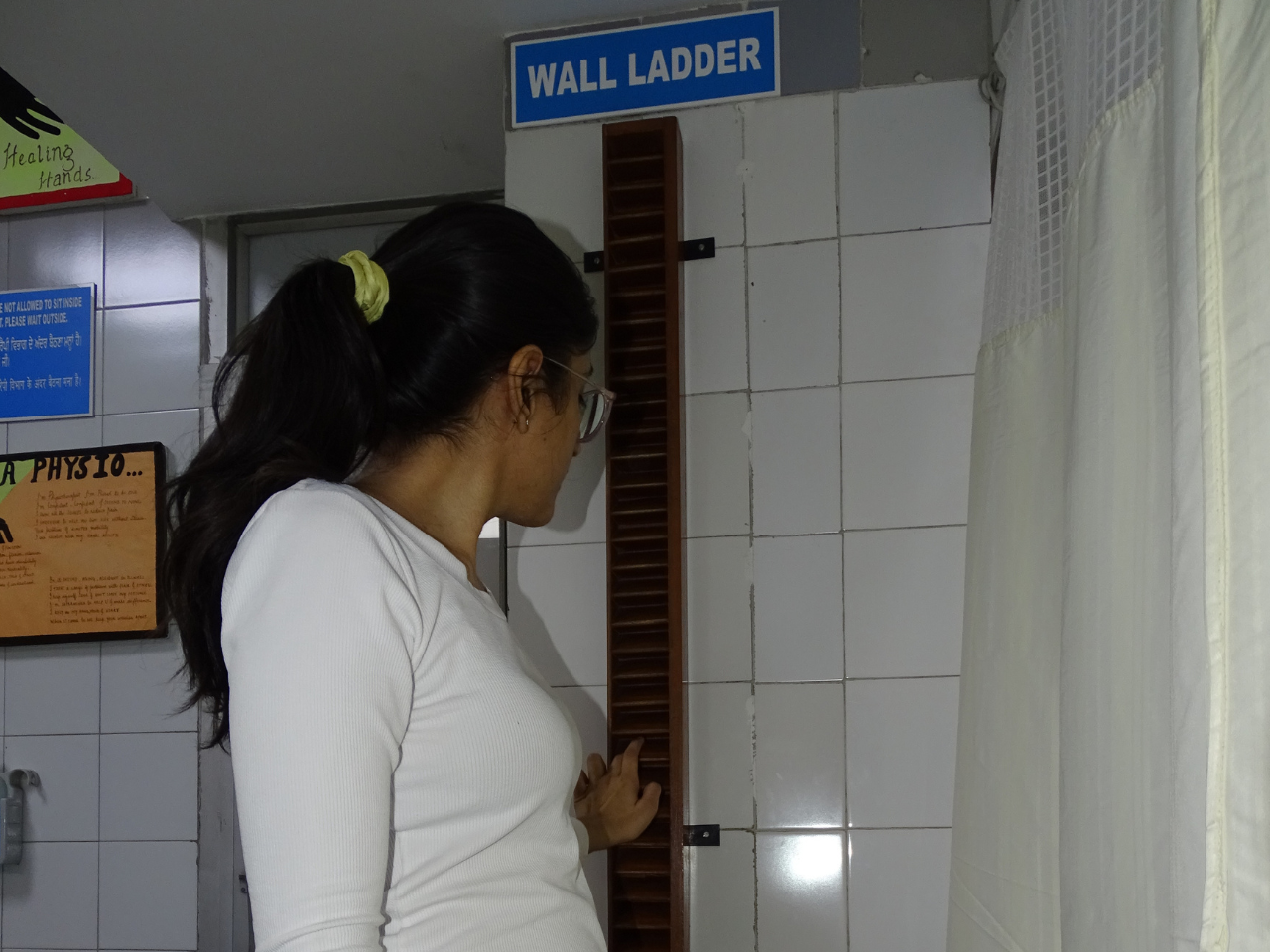
Physiotherapy Techniques:
Physiotherapists employ a variety of techniques, depending on the nature of the injury or problem they are treating. The most common physiotherapy techniques are:
Exercise therapy/ Manual Therapy: Moving and mobilising joints and soft tissue helps to improve circulation, drain fluid from the body, and relax overly tight or muscles with spasms.
Electro therapy: Various modalities are used like Ultra sound,SWD, TENS, for pain relief,tissue repair,swelling etc.
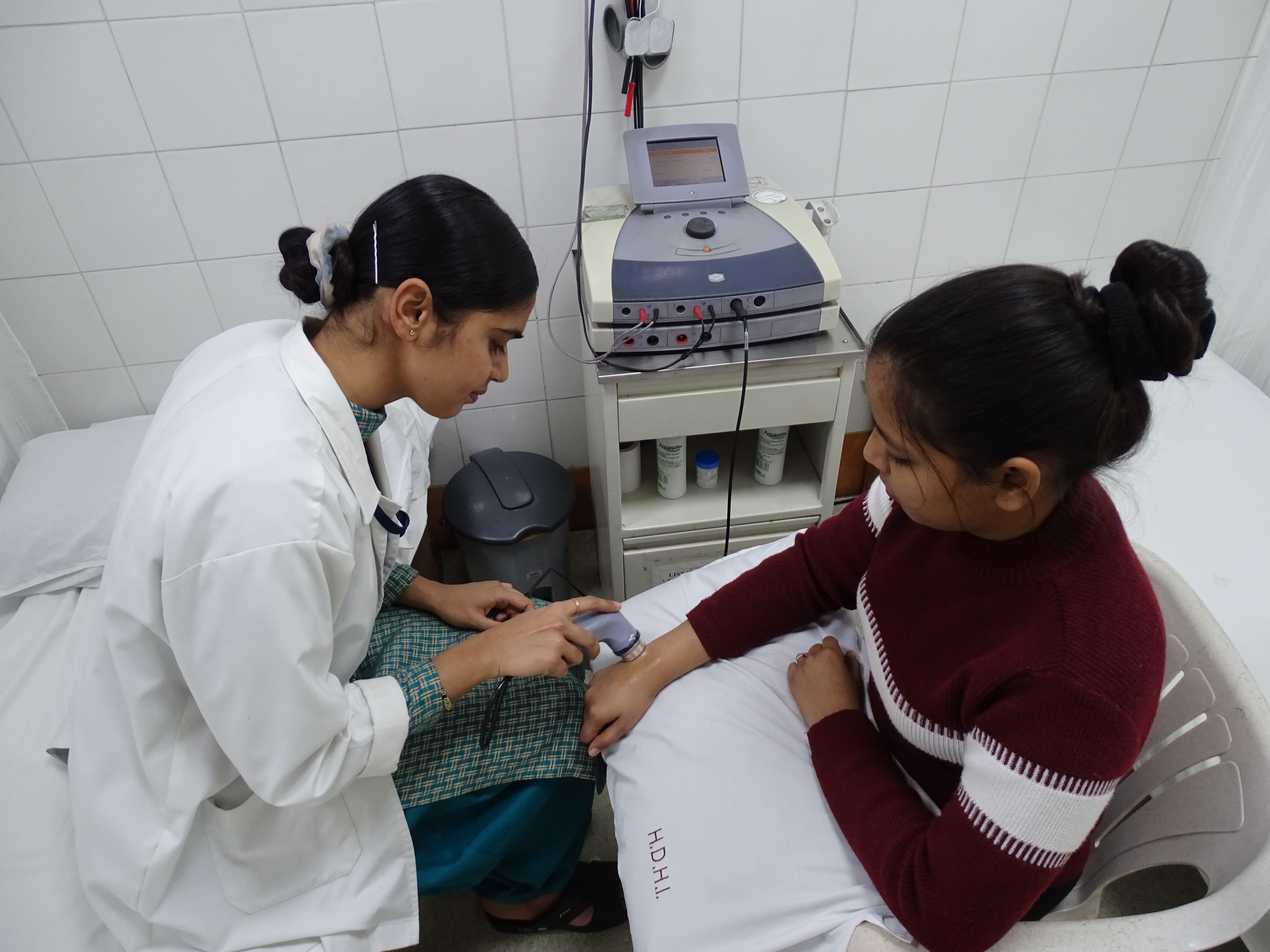
Demonstration: Teaching proper movement patterns allows patients to help heal themselves.
Functional testing: Testing a patient to assess his/her physical abilities.
Device provision: Prescription, fabrication and application of assistive, adaptive, supportive and protective devices and equipment.
